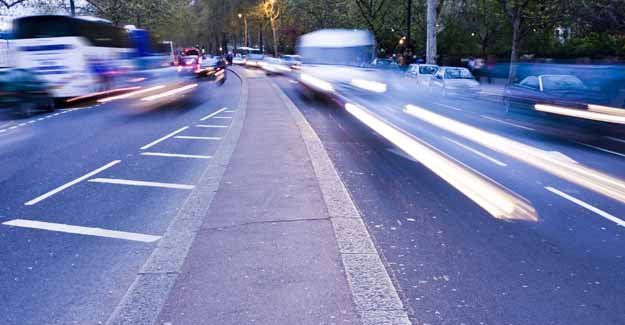Fragmentation of responsibilities for the strategic road network and the shrinking of the ‘national’ core network.
Stephen Glaister, Director of the Royal Automobile Club Foundation says:
‘Transport failures upset people but transport is rarely a vote winner. This is clear to see when looking back over fifty years of party political transport manifestos. With a general election on the horizon, all parties should consider the importance of transport in general and roads in particular. A lot of improvements have been made over the past half century, but a great deal more could have been achieved from a more purposeful and coherent policy regime.
‘Current and future transport advisors should read this synopsis of past transport manifestos and note the achievements. Learning from past successes and failures, will avoid future administrations falling into familiar traps. A consistent approach to national policy is key to future success.’
ENDS
*The paper ‘Main Political Party Transport Policies from 1955 to 2005 and their Implications for Strategic Road Development’ is written by David Bayliss OBE on behalf of the RAC Foundation. It is the seventh in the series of background papers released following up the RAC Foundation (2007) ‘Roads and Reality’ report, and can be seen here.
** Numbers of mentions – in all manifestos since 1950s: railways (47), public transport (43), roads (41), safety (30), aviation (28)
*** Summary of the three main political party manifesto positions 1950s – 2000s.
* 1950s: There was general agreement that the transport system needed improving following the Second World War. All main political parties agreed that improvements to the road system, including new road building, were required. Labour promoted retaining public ownership and regulatory policies, whereas the Conservatives favoured a more commercial operation of the national railways. Rural transport and bus use was a concern for both the Conservatives and Liberals, who had major rural constituencies.
* 1960s: All parties subscribed to a plan for improvements to the national road network. The urban traffic problem highlighted by the late 1950s ‘Traffic in Towns’ report also took centre stage. The Conservatives and Liberals identified motorway construction as a priority, whereas Labour put more emphasis on coordination, regulation, public transport and halting the programme of branch closures contained in Beeching Report. The Liberals continued with their particular concern for rural areas and began advocating the use of toll roads, following the publication of the first road pricing study**. The regionalisation of decision making was also discussed by both Labour and the Liberals.
* 1970s: The Conservatives and Labour retained their commitment to improving the national road network. Party differences on the issue of state control or private enterprise remained. Ports, aviation and road haulage were the main transport issues raised. The oil crisis in 1973 appeared to change the attitudes of all three main parties. Public transport and the railways began moving to centre stage. By the mid 1970s, discussions on roads focused on lorry routing and Labour argued against the development of urban motorways. By the end of the 1970s transport policy was turning against road building.
* 1980s: Liberalisation and privatisation were the key themes of this decade under the leadership of Conservative leader Margret Thatcher. The environmental effect of lorries became an important policy aim, but the manifestos off all three main political parties lost the focus seen in earlier promises. The Conservatives remained committed to improvements to the motorway and trunk road network and concentrated on the efficiency of the transport sector. Labour were instead committed to improving public transport, with no mention made of roads. Vehicle Excise Duty (VED) was replaced by increasing fuel duties and a National Transport Authority was created. The Liberal/SDP Alliance had a positive attitude to public transport, and accepted the need for some road building, especially new bypasses and lorry routes.
* 1990s: A common policy developed amongst the three main parties on improving road safety, the conditions for pedestrians and cyclists, better traffic management, improvements in road vehicle fuel efficiency and improvements in emissions performance. The Conservatives kept to the themes of liberalisation and the Liberal/SDP Alliance became less supportive of road building. By the late 1990s Conservative policy was keen on privatising the London Underground and the National Air Traffic Service as well as engaging the private sector in road building. Labour’s 1997 manifesto dropped its traditional position of state control, for a more liberal position, accepting the benefits of regulated competition and public – private partnerships. Labour was cautious about the road programme and the Liberal Democrats focused increasingly on the smarter choices agenda. In 1999 the creation of an elected assembly in Wales and an elected parliament in Scotland allowed for regional public transport, road and rail links to gather support.
* 2000s: Views on road construction diverged at this time. The conservatives made no commitments on improving the road network, but reversed their policy on fuel duty escalation and promised to cut fuel duty, along with other motorist friendly policies. The Labour Party promised improvements to the motorways system, including a hundred new bypasses and the Liberal Democrats were against any significant new construction. Better public transport; more walking, cycling and use of rail (and waterways); greater safety; reductions in fuel consumption, and; cutting vehicle emissions were common currency amongst the main parties.


